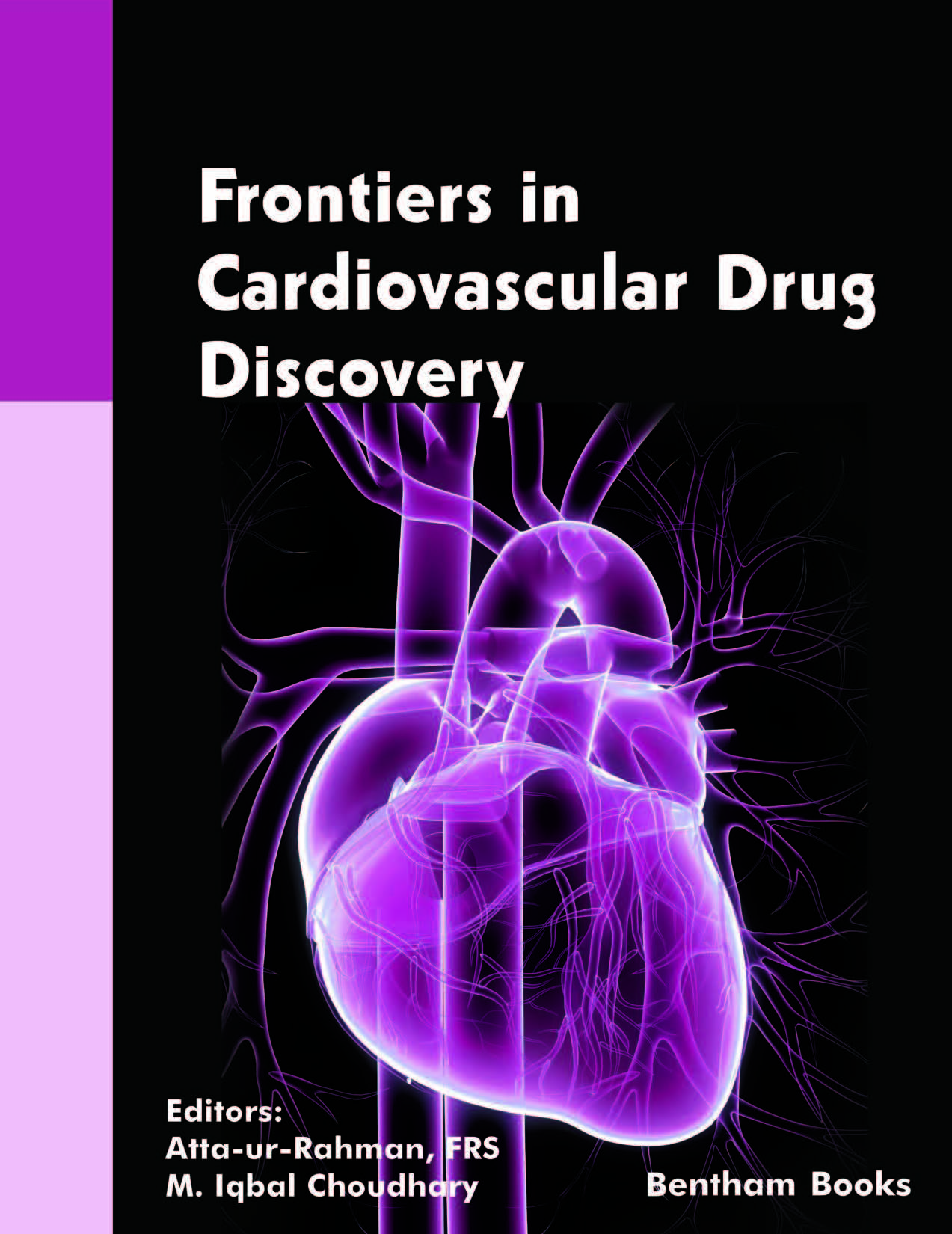Introduction
Frontiers in Cardiovascular Drug Discovery is a book series devoted to publishing the latest advances in cardiovascular drug design and discovery. Each volume brings reviews on the biochemistry, in-silico drug design, combinatorial chemistry, high-throughput screening, drug targets, recent important patents, and structure-activity relationships of molecules used in cardiovascular therapy. The book series should prove to be of great interest to all medicinal chemists and pharmaceutical scientists involved in preclinical and clinical research in cardiology.
The fifth volume of the series covers the following topics:
- The Lipid Hypothesis: From Resins to Proprotein Convertase Subtilisin/Kexin Type-9 Inhibitors
- The Role of SGLT2i in the Prevention and Treatment of Heart Failure
- Natural Products and Semi-Synthetic Compounds as Antithrombotics: A Review of the Last Ten Years (2009-2019)
- Transient Receptor Potential Channels: Therapeutic Targets for Cardiometabolic Diseases?
- Treatment of Raynaud’s Phenomenon
- Traditional Medicine Based Cardiovascular Therapeutics
- Cardiovascular Disease: A Systems Biology Approach

